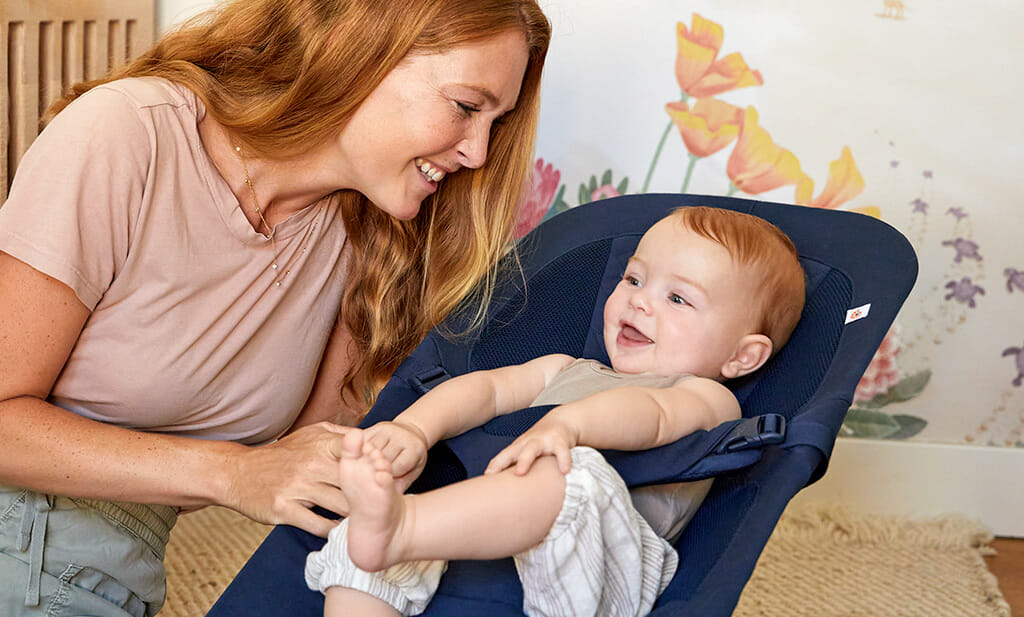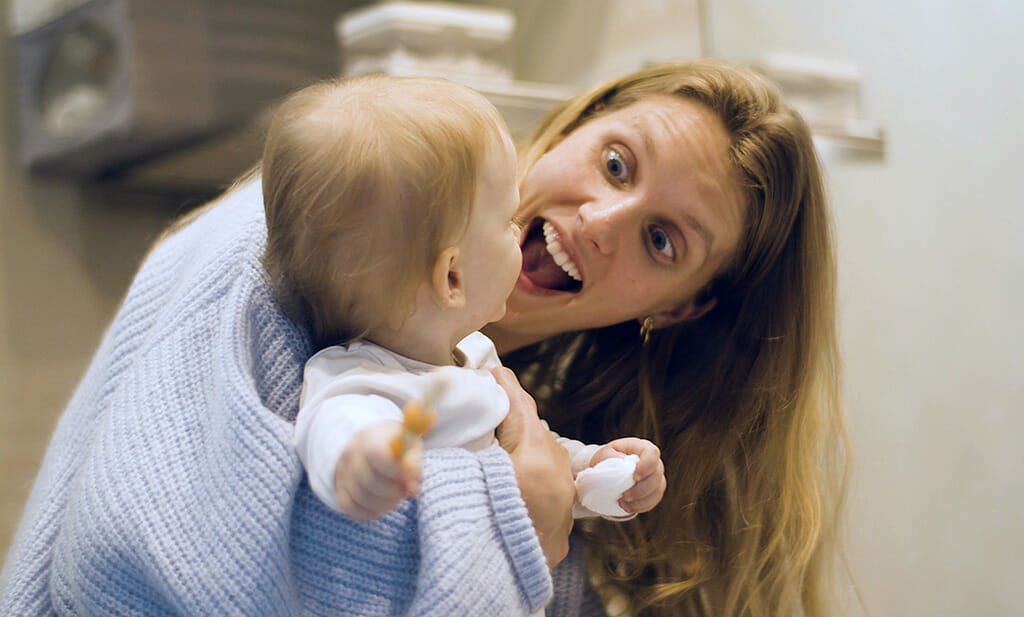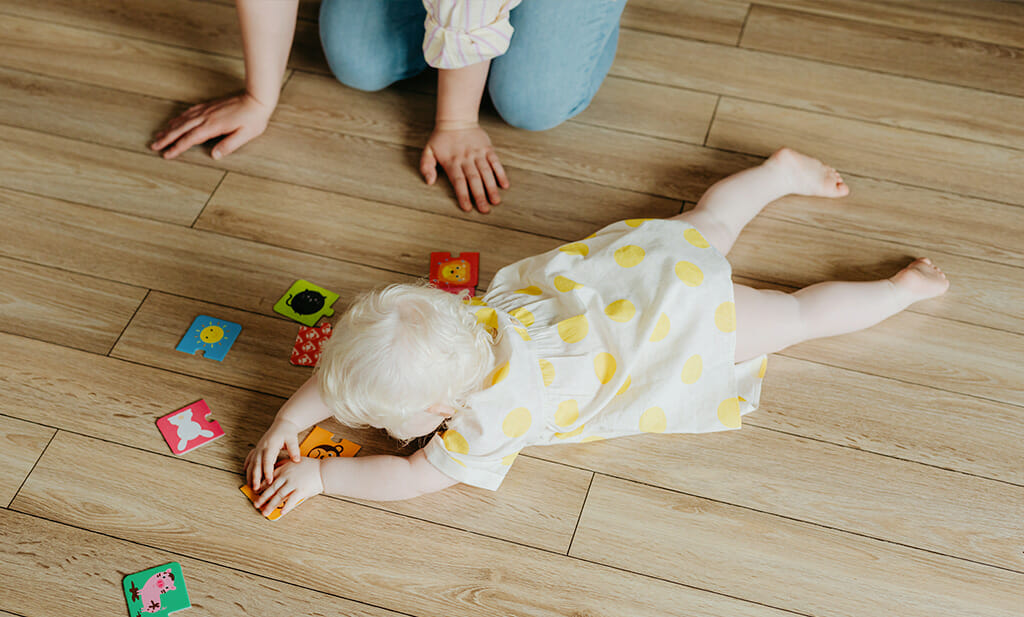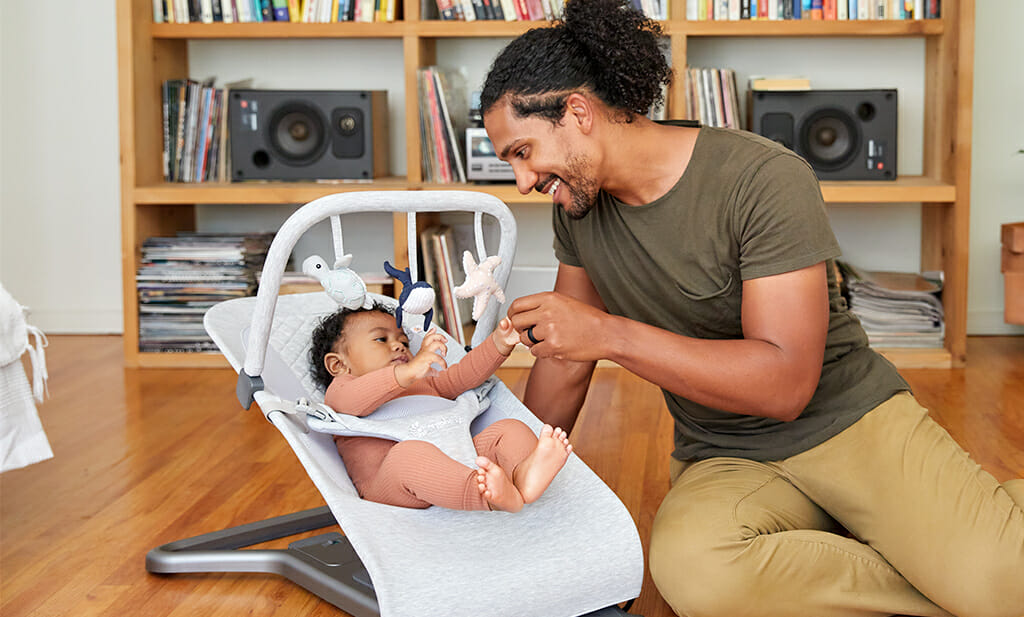
As a child, do you remember your aunts and grandmothers lovingly pinching your cheeks and saying “wow, you are gowning up so fast.” every time you saw them? At the time you may have thought it was funny or sometimes rather annoying. Have you considered the number of times others have said the same to your child?
We may catch ourselves thinking the same thing or even hear the words coming out of our mouths when we haven’t seen our friends’ children for a while.
During the first years of life, humans develop faster than at any other time of their lives. In the first four years, half of our entire evolution takes place.
Every childs’ development is individual
Child development is parallel and grows in the same order. However, every child is unique when it comes to what age they go through each developmental milestone. Every child develops at their own pace. For example motor development. One child can walk at 12 months, whilst another at one and a half years old. The same applies to the first sounds and the first words your baby speaks. Remember not to compare your child to any other of a similar age. However, encourage and celebrate the abilities of your own child.

Co-regulation to self-regulation
Early childhood development plays and important role in the basic ability to regulate. During the first three months of life, parents’ focus on the physical development of their baby. This includes food intake, digestion, temperature regulation, sleeping and waking patterns.
From the third month, babies’ waking and sleeping rhythm stabilizes. Your baby learns to regulate their needs and engage more in social interaction.
In the second half of life, your baby begins to move around in a self-directed way. However, no matter how your child develops, babies are dependent on the care and support of parents or caregivers.
The challenge for a parent or caregiver is to appropriately respond to their child’s individual needs. To embrace their developmental journey and spot where your baby’s self-regulating abilities may not yet be established and need additional support. This is called co-regulation. This is when parents have a superpower called intuitive parenting. These behaviours are not learned, rather used instinctively in everyday interactions. Using body language, responding to eye contact with facial expressions and learning the optimal distance (25 centimetres) between infant and parent eye contact allows you to respond to your child’s needs and provide reassurance.
Recognizing your child’s cues and finding the appropriate response, your baby can increasingly learn to interact with you. They understand what feeling has to be answered in a certain way and thus moves from co-regulation into self-regulation. At this stage overstimulation should be avoided so your child understands and responds to their individual feelings in a developmental way.

Balancing external stimulation
You are probably wondering what co-regulation and self-regulation has to do with a baby bouncer?
There is a wide range of baby bouncers available in the market, especially electronic ones. There are also a variety of bouncers that seem to work well at first, but later have the opposite effect. A large overabundance of stimulation, such as increased vibrational movement, lights and sounds should be avoided during co-regulation and self-regulation phases. This allows your child to identify their individual feelings and learn to react to them.
Every baby product you purchase should support your childs’ co-regulation and self-regulation journey from the very start. We advise to provide your baby a variety of options in order to optimally support their development.
For example, carrying your baby, with or without the aid of a baby carrier, sleeping in the supine position lying horizontally with their head and torso facing up in a side sleeping crib or in their first bed. Breast/chest feeding or bottle feeding in your arms, tummy time in the prone position, lying on your front, and nursing time on the changing table are all good opportunities for closeness and interaction.
What do you if you need your hands to be free?
Invest in a ergonomic baby bouncer that supports your baby at all times.
The Evolve 3 in 1 bouncer individually adjusts to the rapid development of your baby. While your new born baby are in their early co-regulation stage, the ergonomic newborn insert provides a safe, cocooning seat from day one. As baby grows, they learn to use their own movements to become more self-regulated. The Evolve bouncer has a rocking function that can be regulated by older baby’s own movements.
Independence from plug in electrical bouncers make it possible to take a baby bouncer with you everywhere. Simplify your everyday life and prevent overstimulation of your child.
From a midwife’s perspective, parents should manually create the movement for your little ones bouncer. When your child begins to self-regulate, they learn to control the motion of their bouncer for themselves.

With your attentive nature and choosing supportive baby products, you will strike the right balance for your little one during their developmental journey.



